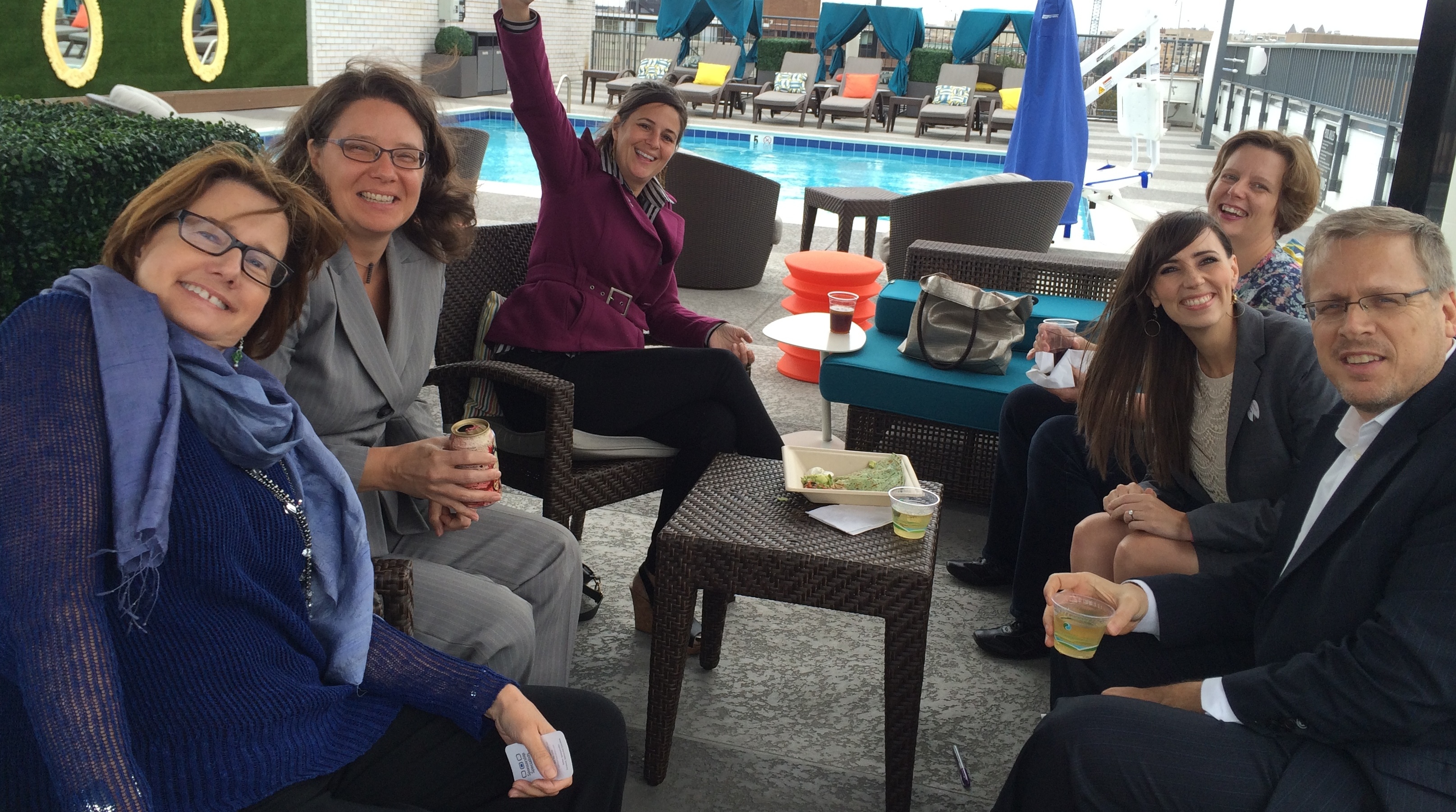Everybody likes me, nobody tweets me, guess I’ll post on LinkedIn
Everybody likes me, nobody tweets me, guess I’ll post on LinkedIn.
The effectiveness of Twitter as a connective social media channel is declining
In July I wrote about why 2017 is a tipping point for Twitter, noting that the rate at which users follow established accounts has slowed dramatically. As the year draws to a close I’m seeing further evidence that conversations in the Twittersphere are drying up too.
The evidence for my observations comes from my own Twitter account. My experience may not be representative of other Twitter users. But, as in my tipping point post, there’s a wealth of corroborative evidence from other sources.
The evidence
Here’s what I’m seeing. First, here’s a graph of my cumulative retweets over the last seven years.
Notice the fall off over the last eighteen months?
Second, the same graph for mentions.
Here we see a gradual decline in Twitter mentions for the last three years, one that has become increasingly severe recently.
Unfortunately, what I don’t have is a corresponding graph for the number of Twitter likes over time. If I did, based on my regular observations it would show a significant increase in likes over time. I estimate that the increase in likes is approximately the same as or slightly greater than the decrease in mentions and RTs combined.
To summarize, my tweets are getting just as much or more engagement than before. But much more of the engagement is in likes (“I’m interested in this and approve/agree/will mark it for later study”) at the expense of mentions and RTs (“I want to share your tweet with others/respond to what you said“).
What are the implications for social media marketing and branding?
To me, these findings mean that people are still reading my tweets at the same or higher rates. But they are less likely to interact with or share them.
The effectiveness of Twitter as a social media channel that fosters connection and conversation is declining.
In addition, I doubt that the recent doubling of maximum tweet length from 140 to 280 characters will make any difference to the trends I’ve noted. In fact, it may exacerbate them. I find that I’m less inclined to fully read the longer tweets increasingly showing up on my Twitter feeds.
An alternative channel to consider
Although it is not an especially interactive social media channel, I’ve been finding that sharing my website posts on LinkedIn has led to an increasing number of views and comments recently.
I have three caveats, however:
- I don’t recommend posting to LinkedIn Groups anymore, since policy changes have severely limited their effective reach.
- Also, I don’t recommend publishing an article on LinkedIn. That’s because your content is now tied to their platform, rather than one you control. This is a mistake.
- Finally, when you share a post, be aware that LinkedIn counts as a “view” when the post summary displays on the viewer’s screen. The “viewer” doesn’t have to click through to read the post in order to be counted! So be aware that the number of post “views” reported by LinkedIn exaggerates the number of people who actually see your entire post.
Are you noticing trends that are affecting social media engagement? Share your observations in the comments below!
Image from J House Vlogs


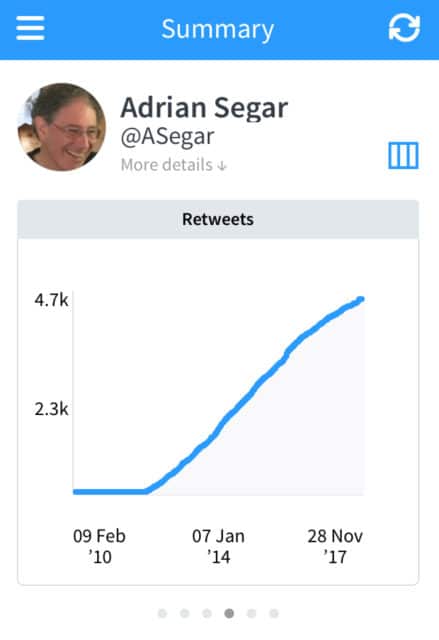
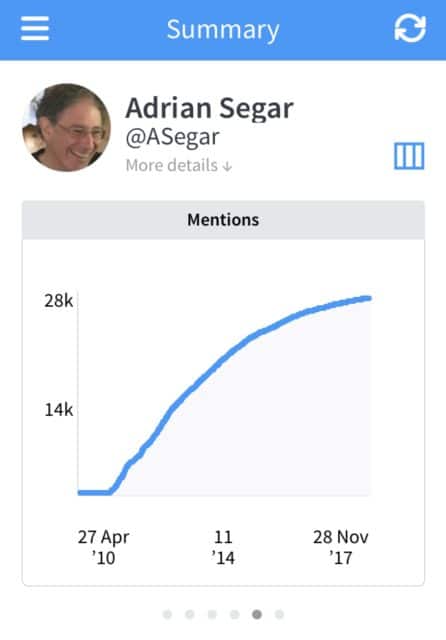
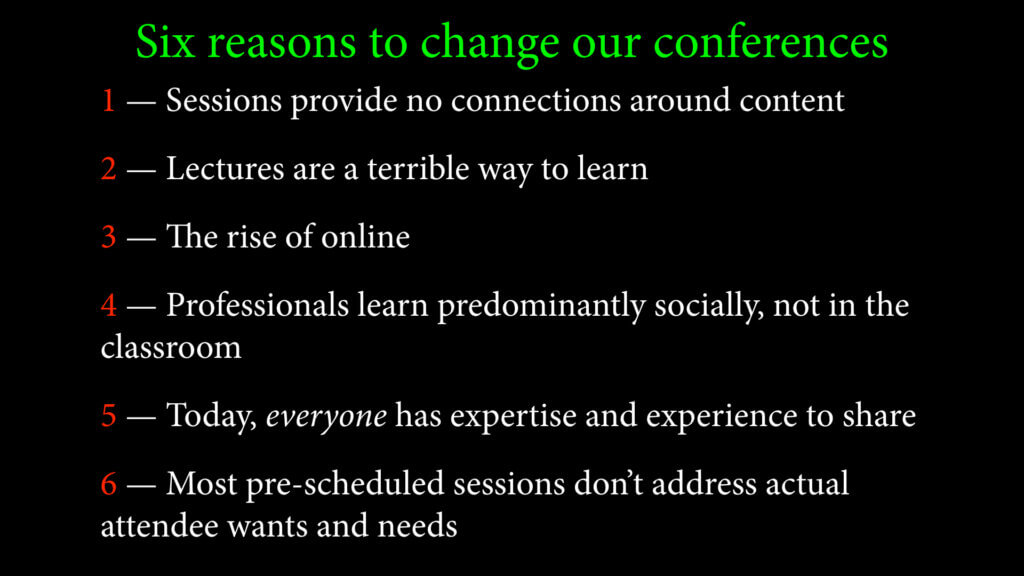 In my keynote at Blend Abu Dhabi, the inaugural meeting industry conference at the new
In my keynote at Blend Abu Dhabi, the inaugural meeting industry conference at the new  Why do some learning experiences stay burning in our brains and others fade into oblivion? Transformational learning is the key!
Why do some learning experiences stay burning in our brains and others fade into oblivion? Transformational learning is the key!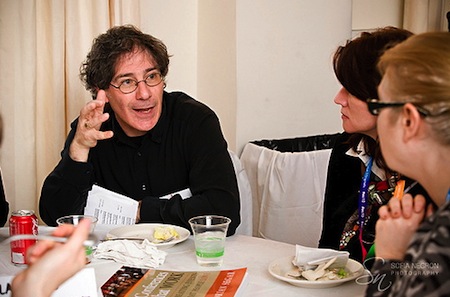 That’s what happened at Event Camp 2010. We came together for the first time and discovered kindred souls who were thirsting to learn and share about how to make meetings better. And in one day, our positive emotional connection changed our preconceptions of what meetings could be.
That’s what happened at Event Camp 2010. We came together for the first time and discovered kindred souls who were thirsting to learn and share about how to make meetings better. And in one day, our positive emotional connection changed our preconceptions of what meetings could be. Most people won’t ask questions at meetings. So how can you get authentic audience engagement at your events?
Most people won’t ask questions at meetings. So how can you get authentic audience engagement at your events?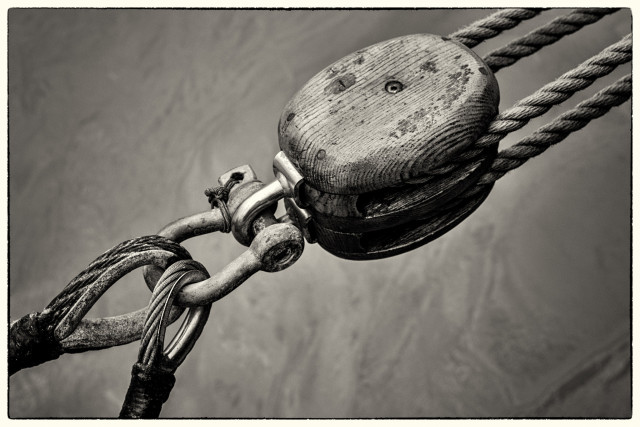
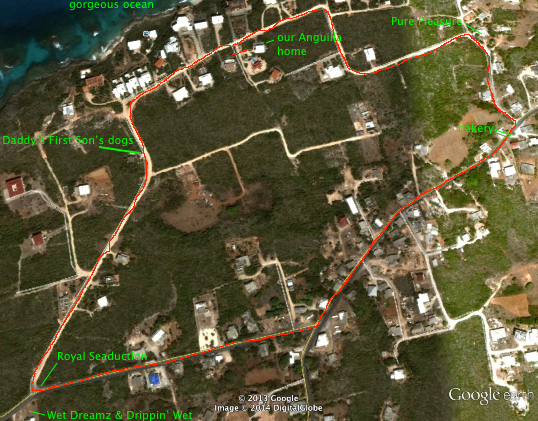
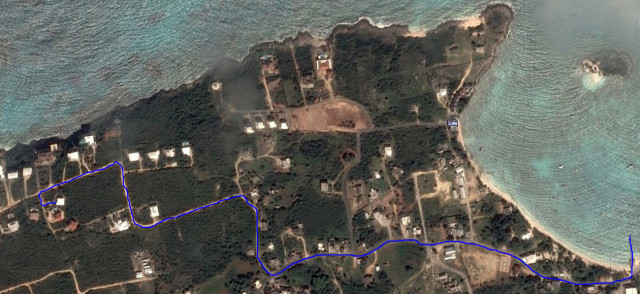
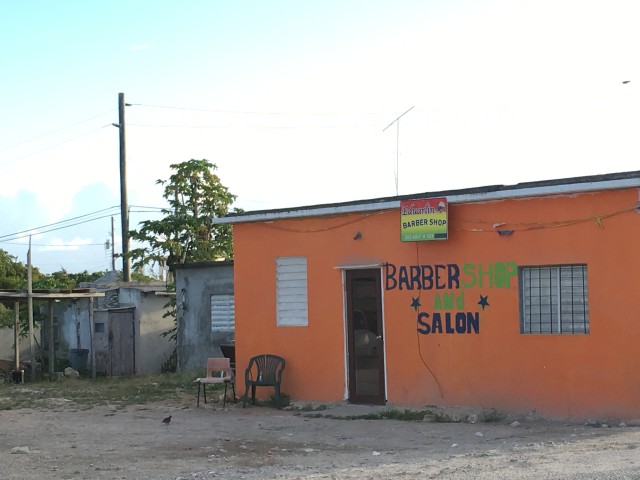
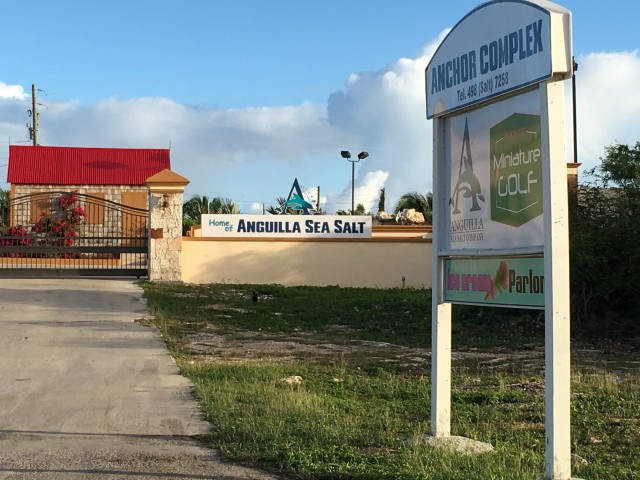
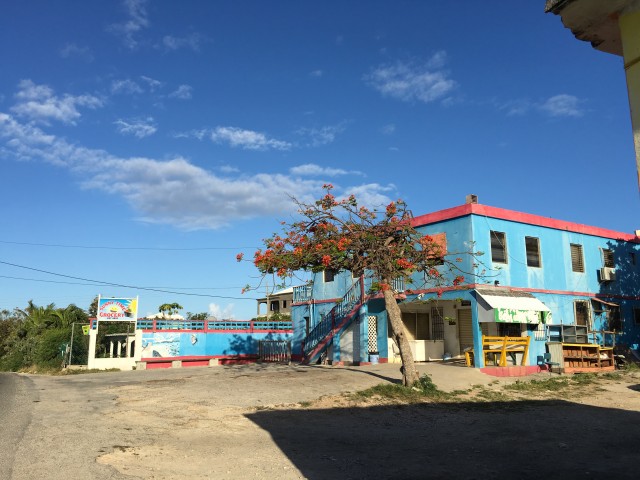


 Should we play music at conference socials?
Should we play music at conference socials?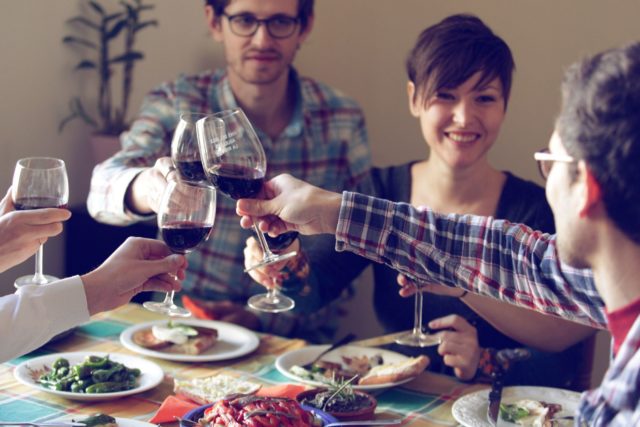 In 2011 I ran a two-and-a-half-hour participative techniques workshop on the last afternoon of a four-day conference. After we ended, a participating supplier came up to me. He told me that he had made many more useful connections in that one workshop than during the 3 days preceding it. Supporting connection at the workshop gave him more value than the rest of the event.
In 2011 I ran a two-and-a-half-hour participative techniques workshop on the last afternoon of a four-day conference. After we ended, a participating supplier came up to me. He told me that he had made many more useful connections in that one workshop than during the 3 days preceding it. Supporting connection at the workshop gave him more value than the rest of the event.